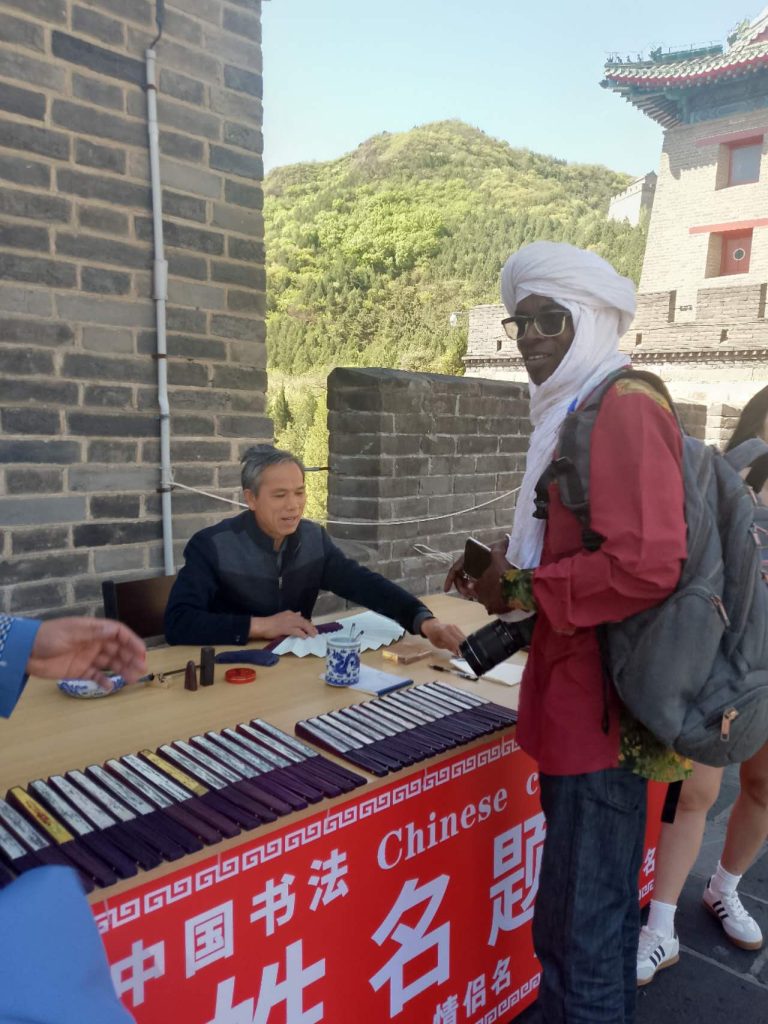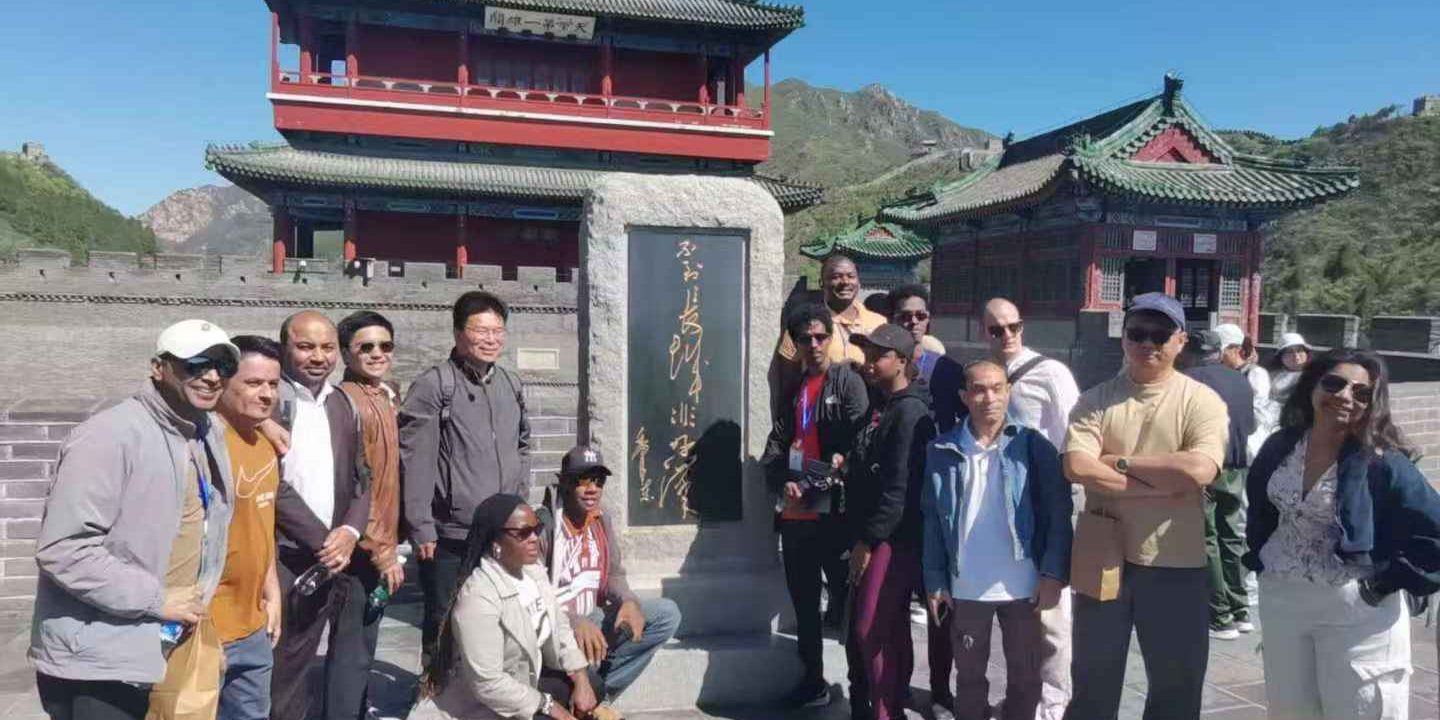THE sun blazed overhead, but the chilly breeze kept the heat in check at the Juyongguang Section of the Great Wall of China as a group of international journalists gathered for a visit to this famous scenic spot located 60-kilometres from downtown Beijing.
The Great Wall of China is recognised as one of the Seven Wonders of the World. It was declared a World Heritage Site by the United Nations Educational, Scientific and Cultural Organisation (UNESCO) in 1987. This architectural wonder stands as one of the major attractions in the world, drawing tourists in neigbouring from near and far.
These international journos, including myself, are undertaking a three-month study tour in China hosted by the China International Press Communication Center and this visit to the Juyongguang Section of the Great Wall on Tuesday 22 April was part of activities of our study tour programme.
It was 10am when we arrived for our visit and the weather condition was just perfect for the occassion.
For many in our group, this was their first time to visit the Great Wall. For a few, including myself, this was our second time. But for me in particular, this was my second time to visit the Juyongguan section. My first was in April 2004.

As I walked up the steps of the Juyongguan section of this famous World Heritage-listed site with the other international journos, I told myself that I was fortunate to be back 21 years later, gazing at the wall, which stretches far up into the mountains and plateaus, and down into valleys before ascendigng the distant mountains and disappearing far across the horizon.
All in all, the Great Wall spans across northern China, extending from the western Jiayuguan Pass in Gansu to the eastern Hushan Mountain in Liaoning and also cuts through deserts, grasslands, apart from mountains and plateaus.
Each and every one of us (international journos) seized the opportuity to walk up the steep steps of the wall to reach furthest we could and create our own history, let alone to marvel at the ancient Chinese architectural wonder.
Likewise, the steep steps did not hinder even the elderly tourists from climbing as high as they could to take photographs and also gaze at the ancient Chinese engineering skills displayed in every section of the wall, the imposing towers that stand tall in their designated positions, and the winding nature of the wall itself.
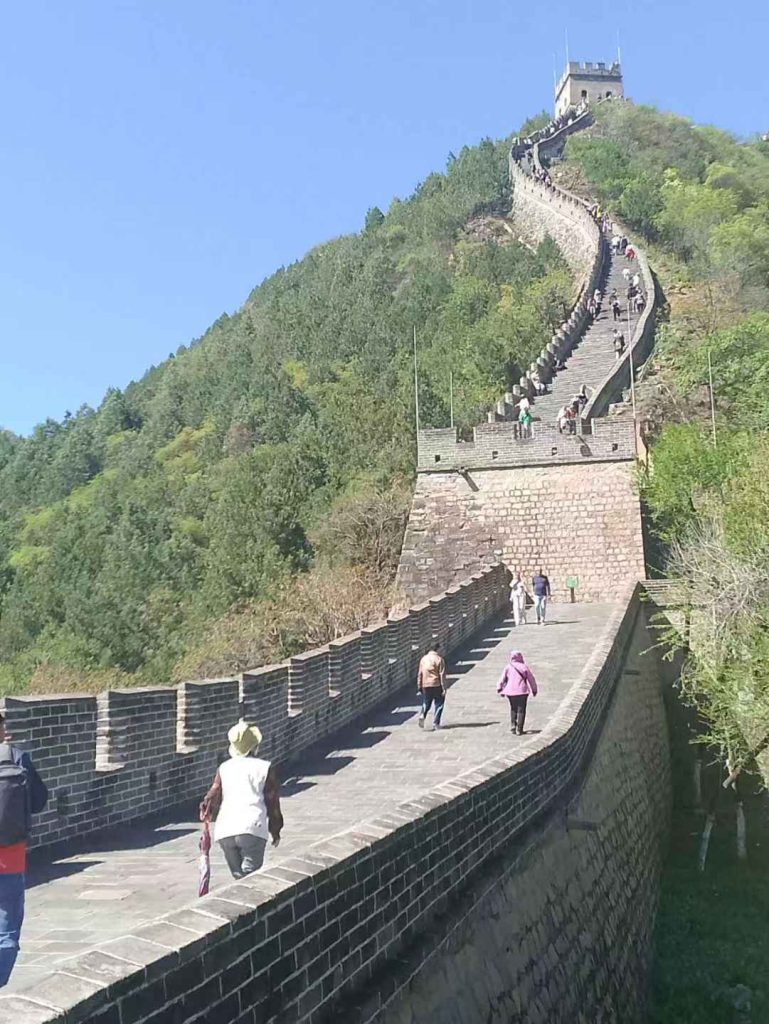
What intrigues many about the 21, 196 kilometres (13,170 miles) Great Wall of China is how its constructors were able to accomplish such an obviously complicated task, especially during the ancientness of time and across the different landscapes the wall winds through from its beginning to end.
Although it took more than 2,500 years to finish the construction of the Great Wall through the combined effort of many states and dynasties in China’s history, the labour intensiveness of the work and the ability of those involved in the work to successfully complete it despite the varying landscapes they worked is just fascinating.
According to Chinese history, work on the Great Wall started as early as the Spring and Autumn Period (770 – 476 BC) by the state of ‘Chu’ to protect itself from from being invaded by nomadic peoples from the north such as the Huns and Mongols about 2,700 years ago.
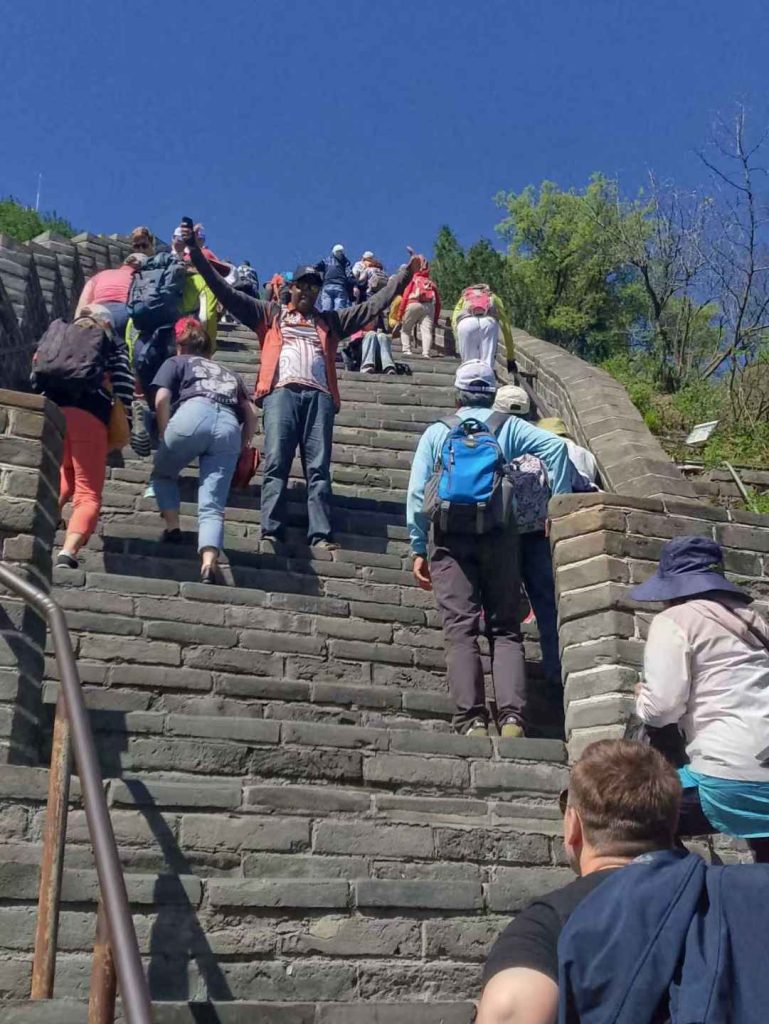
After defeating other states and setting up China’s first unified dynasty – Qin Dynasty (221 – 207 BC) – Emperor Qin Shihuang issued an order for the connection of the separate walls, and that was when work on Great Wall continued. During subsequent dynasties of Yan, Wei and Zhao, the wall was extended, repaired or modified. The Han Dynasty (202 BC – 220 AD) and Ming Dynasty (1368 – 1644 AD) are the two periods when the Great Wall was massively built or restored.
Today, the Great Wall of China stands as one of the most emblematic and grandois monuments of humanity, demonstrating the architectoral and engineering skills of the Chinese people since their ancient civilisations, and moreover, their ability to work together to defend themselves against their foes and ensure their common good.
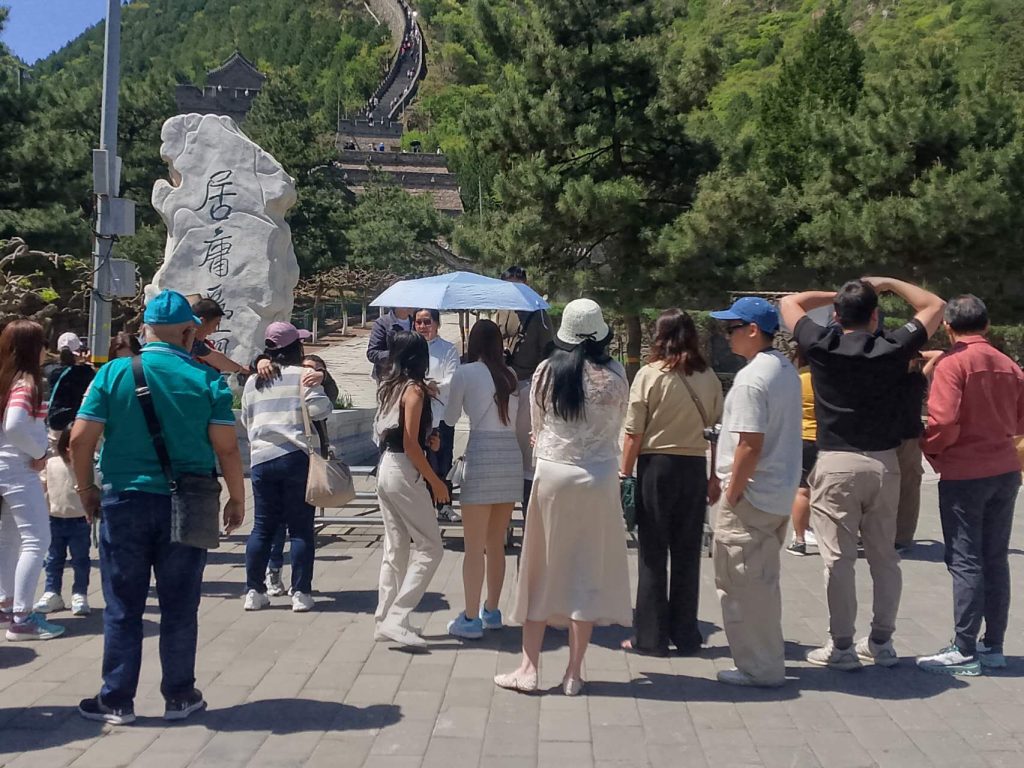
To me, the account of the Great Wall of China is just as facinating as the account of Chinese Modernisation and these facinating accounts reinforce what I deem as a deeper meaning to the Chinese quote “The journey of a thousand miles begins with one step.” I strongly believe this quote refers to the strength and determination of the Chinese people towards the achievement of their goals.
As we concluded our visit to the Juyongguan Great Wall section and headed back to Beijing’s Jianwai District where we reside,I was overcomed by great admiration for Chinese people and their history and the lessons that the rest of humanity can learn from them to achieve progress in life.
By DELI-SHARON OSO
In Beijing, China
